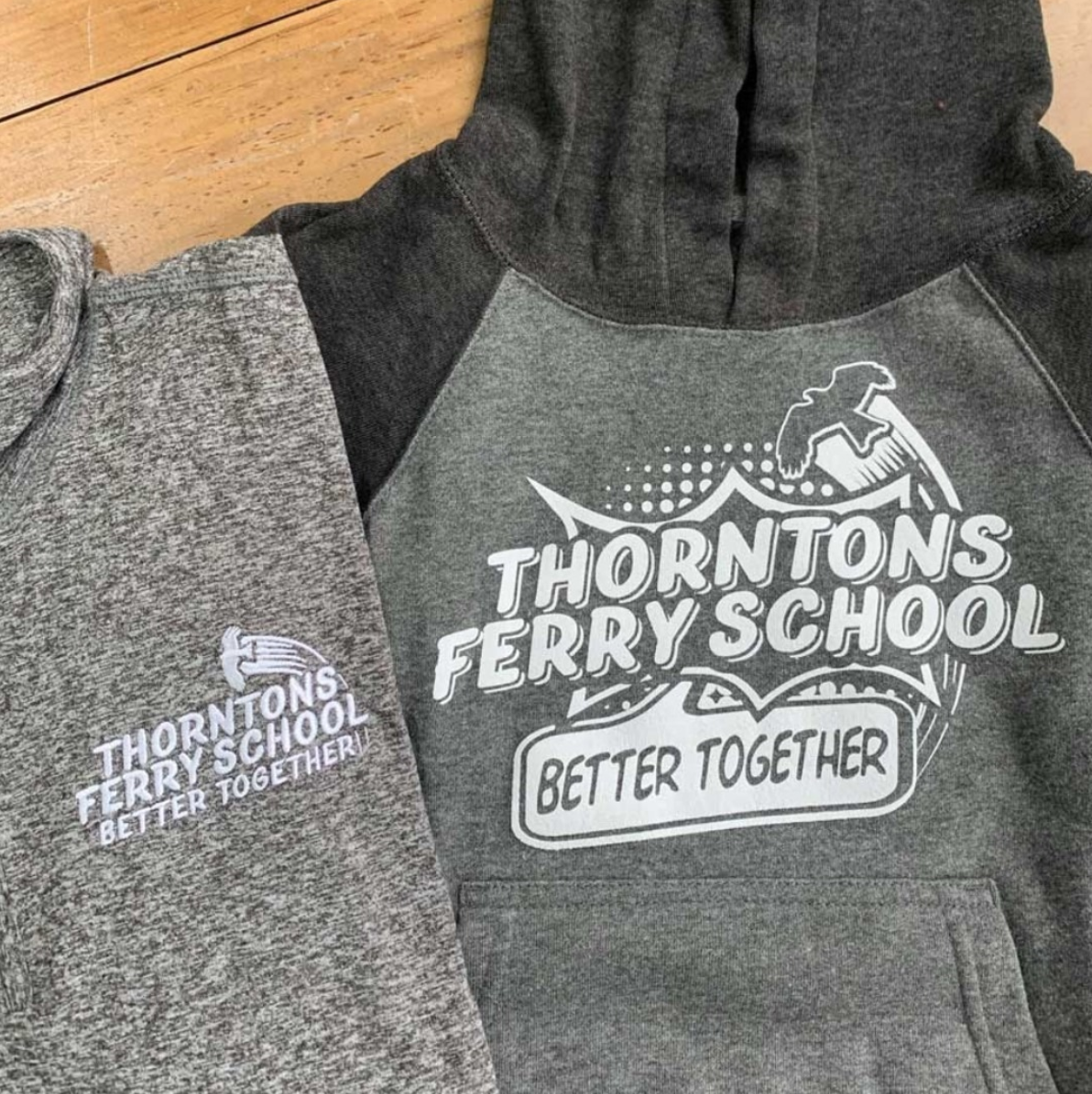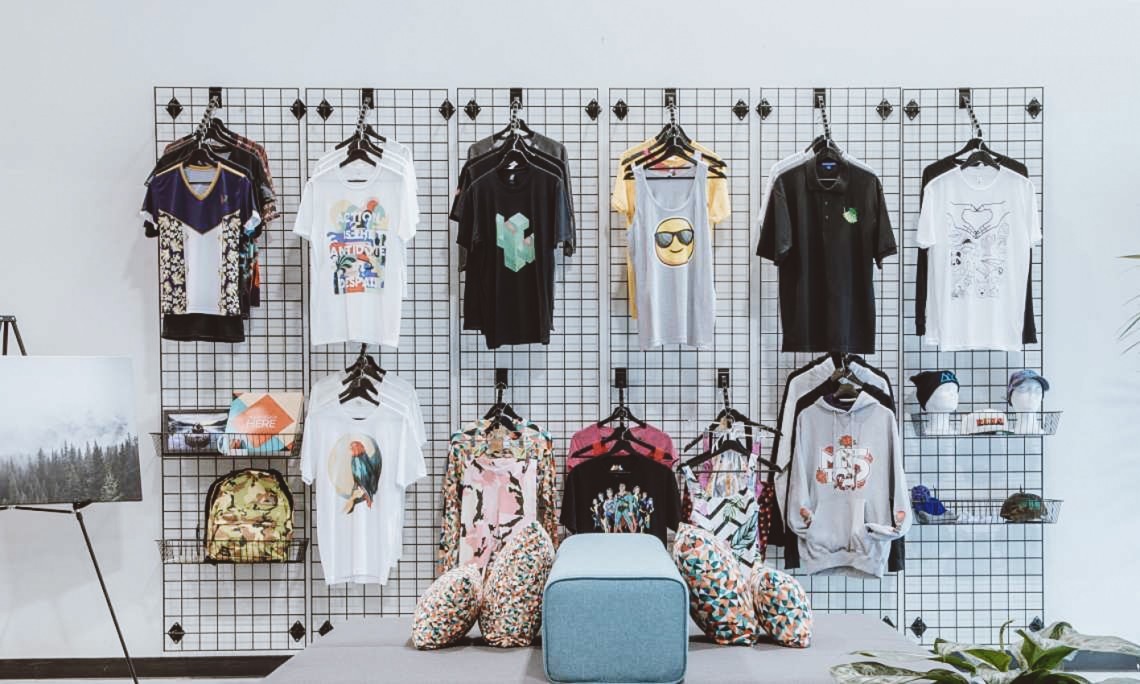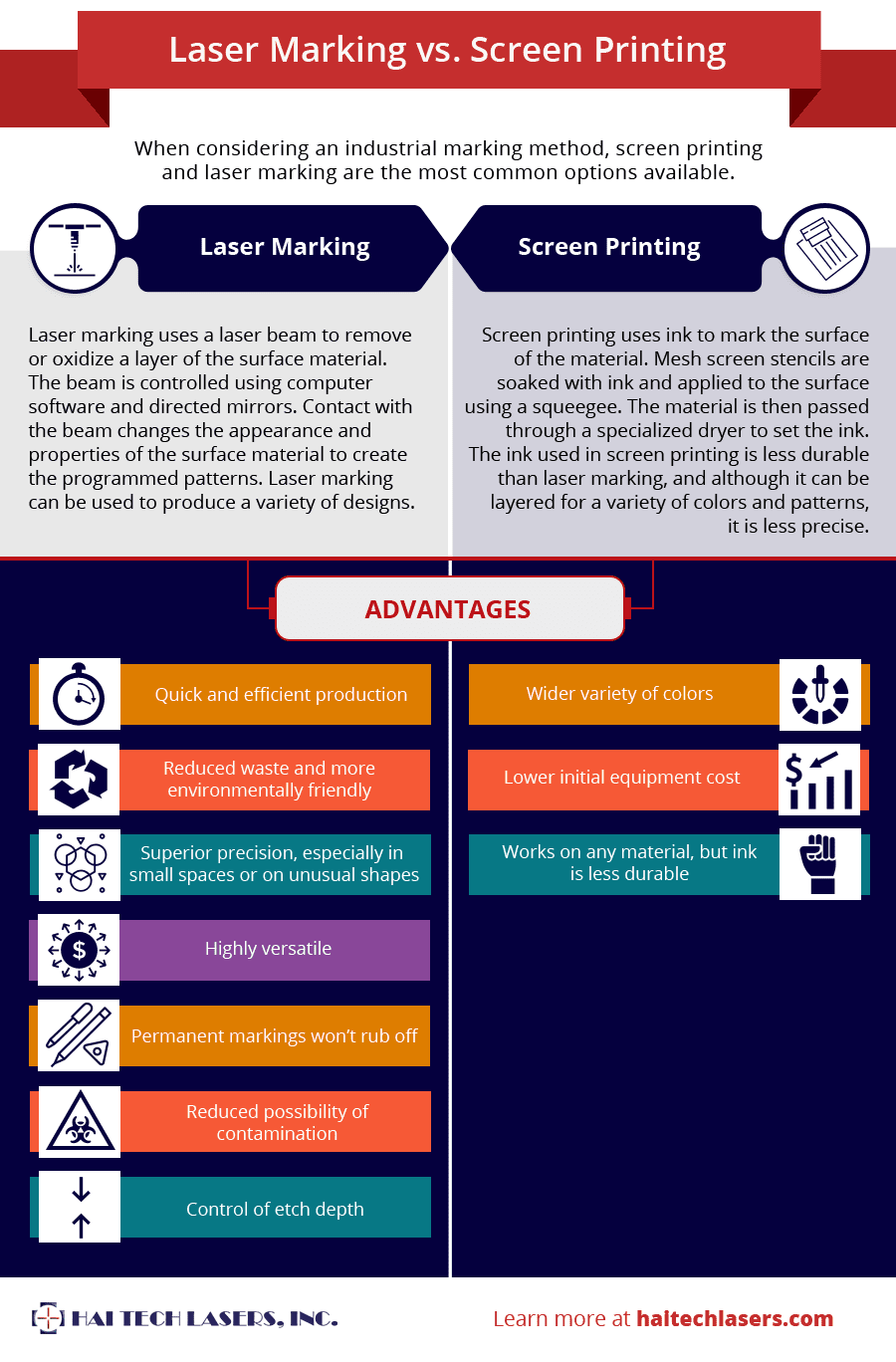Some Ideas on Tx Tees You Need To Know
Some Ideas on Tx Tees You Need To Know
Blog Article
The Facts About Tx Tees Uncovered
Table of ContentsSome Known Facts About Tx Tees.Unknown Facts About Tx Tees4 Easy Facts About Tx Tees ExplainedThe Basic Principles Of Tx Tees Tx Tees - An OverviewThe Main Principles Of Tx Tees An Unbiased View of Tx Tees
Add up various other prices, like the number of energies it takes to run the shop and the price of ink and emulsion per design. Take the print listed below.The solution should only be a few cents because you 'd just require to layer one screen for this task. How much should you charge per t-shirt to make a revenue? Normally, printers try to make up to 45% revenue on a print job. Right here's a table to help you determine that: complete price per item percent of preferred revenue as a decimal (example:.25 or.45) profit made per product per task Currently let's talk about the productivity of DTF.

With DTF, you can print a handful of tee shirts, or simply one. Both display printing and DTF have their niches in the globe.
Tx Tees - Questions
The most effective method to know? Ask about and see what print shops like yours are doing. custom monograming. Try both out and see which you like better
When you're picking what type of printing approach to use for publishing your artwork styles on your garments, it is essential that you know the distinctions between these two methods so you can make the most of outcomes while reducing expenses. Screen printing is one of the most commonly used method for printing styles on fabrics.
DTG printing is additionally known as spot or direct to garment printing due to the fact that it publishes only what is required as opposed to making a display as screen printers do. https://txtees02.carrd.co/. Display printing works by screen filler squeegee display printing ink screen mesh display, after that transferring the photo to garment utilizing warmth and/or pressure
The DTG printer uses special dye-sublimation inks that are used right into a pre-designed image by an electronic printing system. The inks enter into the fabric, enabling for dynamic shades and outstanding information. It's likewise called spot or direct to garment printing since it prints only what is required rather of making a display as screen printers do.
Tx Tees Things To Know Before You Get This
First, it's much faster - you can print a fullcolor image in mins, as opposed to hours for display printing. Second, there's no established up time or expenses involved - you can publish any type of design you such as, without needing to produce a display first. Third, there's no waste - since display printers screen print one style at once, they have to evaluate each shade independently.
The paper is really pricey and can only be used as soon as. Once it's published on, it needs to be discarded. - The preliminary acquisition price is less than the in advance investment of DTG printers- You can publish multi-color styles one display at once instead of having to print each shade independently like DTG printing.

How Tx Tees can Save You Time, Stress, and Money.
Nonetheless, rather than utilizing display mesh as screen printers do, color sublimation printers utilize laser technology to move your images onto garments or paper. A warm procedure transfers the color from its solid-state directly right into the gas phase which consequently fuses it onto fabric substrates when they are rapidly warmed to high temperatures under high pressure.
Sublimation printing is environmentally friendly. It uses much less water than screenprinting, and because it doesn't involve making use of damaging solvents, it's secure for all sorts of apparel. The color sublimation inks are additionally odor-free when healed, unlike screen printers that utilize hazardous chemicals during the display printing process that leave behind an undesirable smell.
They also save cash on pricey equipment like exposure systems given that dye sublimation printers don't need a UV direct exposure unit or a flash cure oven that is commonly used in screen printing (custom cap printing). What is direct to garment printing (DTG Printing)? DTG printing is a digital screenprinting process that publishes straight onto textile making use of specialized inkjet printers
Some Known Facts About Tx Tees.
DTG printing supplies several advantages over conventional screenprinting, including the ability to publish photo high quality images, higher shade vibrancy, and the capability to publish designs on darker textiles. DTG printers work by warming the fabric ink till it turns right into a gas. The gas after that permeates the textile, bonding with the fibers to produce a long-term print.

Screen printers just prepare their screen then begin publishing until they lack product or ink.- There is have a peek at this site a large range of knowledgeable display printers throughout the globe, which can be handy for beginners. - It's a slower procedure - screen printers usually have to await the ink to completely dry before they can print the following shade- Screen printers call for hands-on labor, so there's a higher learning curve and it takes longer to produce a high-quality layout- Screen printing isn't as accurate as DTG printing, so you may get some "blood loss" of shades from one part of the image onto another otherwise done effectively.
What Does Tx Tees Do?
Rather of using screen mesh as display printers do, dye sublimation printers use laser modern technology to move your images onto garments or paper. A warm procedure moves the color from its solid-state directly into the gas phase which in turn merges it onto material substrates when they are quickly heated up to heats under high pressure.
Sublimation printing is green. It makes use of much less water than screenprinting, and because it doesn't involve using hazardous solvents, it's safe for all types of clothing. The color sublimation inks are likewise odorless when treated, unlike screen printers that make use of dangerous chemicals throughout the screen printing procedure that leave behind an unpleasant smell.
They also save cash on costly tools like direct exposure units considering that dye sublimation printers do not call for a UV direct exposure device or a flash remedy stove that is usually used in screen printing. What is straight to garment printing (DTG Printing)? DTG printing is a digital screenprinting procedure that publishes directly onto fabric making use of specialized inkjet printers.
Unknown Facts About Tx Tees
DTG printing supplies numerous benefits over typical screenprinting, consisting of the capability to publish photo quality images, greater shade vibrancy, and the capacity to print styles on darker fabrics. DTG printers work by heating up the textile ink till it develops into a gas. The gas then permeates the textile, bonding with the fibers to create a permanent print.
Report this page